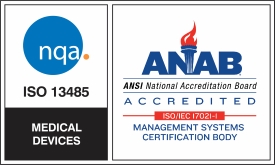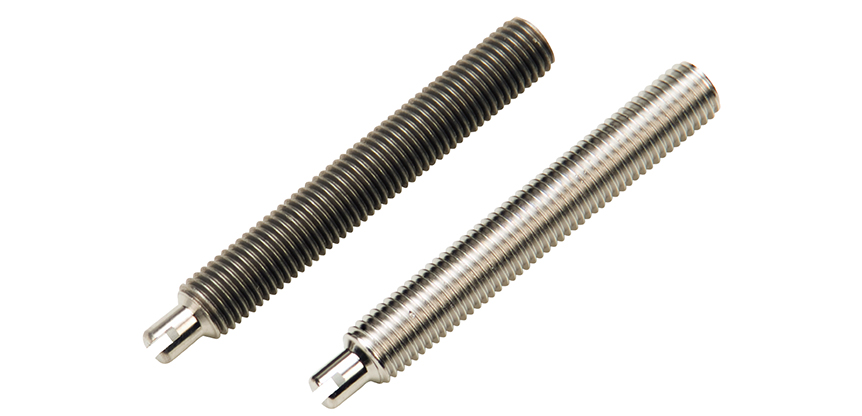Mechanical polishing is a manual process performed on individual parts, while electropolishing can be performed on multiple parts at one time. Wondering which treatment provides better results? Follow our guides of the processes of each treatment, as well as the benefits for both.
Mechanical Polishing
Mechanical polishing uses belts and wheels with various abrasives to remove layers of material from metal parts. The process varies depending on the raw part condition and finish requirements. This is a labor-intensive metal finishing process that is operator controlled and difficult to be consistent with.
Electropolishing Treatment
Electropolishing is a metal finishing treatment that can be performed on a variety of specialty and common alloys, such as copper, aluminum, stainless steels, carbon steels, Nitinol, titanium and much more. This “reverse plating” process relies on a rectified current and a phosphoric-based electrolyte bath to remove a layer of surface material on metal parts.
The current, which is converted from AC to DC at low voltages, is applied to parts to remove this outer skin of material. To finalize the procedure and remove any remaining electrolytes, electropolishing specialists rinse and subsequently dry parts. The electropolished parts have a clean surface suitable for a variety of industry applications, including those in the medical, food service, pharmaceutical, automotive, and aerospace fields.
Electropolishing: The Clear Advantage
After examining the differences between mechanical polishing and electropolishing, many companies decide on electropolishing for its many benefits, including:
- Enhanced corrosion resistance—Over time, untreated metal parts may develop rust or corrosion. This is not only aesthetically displeasing, but it could also contain harmful embedded contaminants. Electropolishing is 30 times more effective than chemical passivation.
- Deburred edges—Untreated metal parts may have jagged edges that could prove to be unsafe for certain applications, including those for the medical industry. To ensure parts have a smooth surface, they should undergo a metal finishing treatment, like electropolishing, that removes a consistent layer.
- Ultraclean finish—Electropolished metal parts have an ultraclean surface that cannot be consistently achieved with mechanical polishing treatments. Unlike mechanical polishing, electropolishing removes a uniform layer of surface material to create a smooth surface free of debris or other contaminants.
- Removed heat tint and oxide scale—Because electropolishing removes the outer layer of material, it can eliminate the oxide scale and heat tint that can occur during part welding and heat treating. Electropolishing can also reduce initiation sites for corrosion.
- Greater microfinish value— Mechanical polishing parts for improved microfinish value cannot reach small features of complex parts. Electropolishing, however, utilizes a concentration that reduces microscopic peaks in the areas that are otherwise difficult to access.
- Enhanced appearance—Electropolished parts have a bright, shiny appearance that is uniform and lasts indefinitely.
For additional information regarding the advantages of electropolishing over mechanical polishing, get in touch with the Able team.





